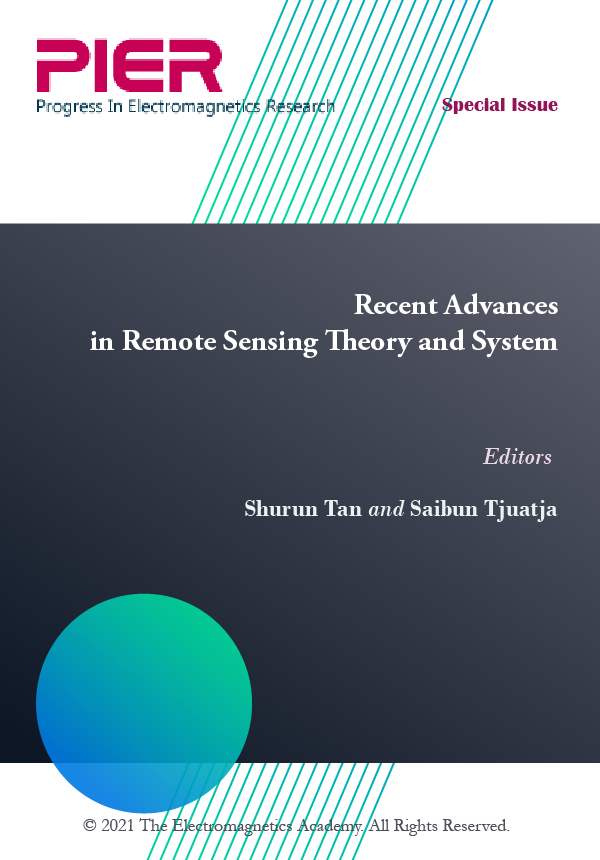一种主动式与被动式相结合的冰盖温度遥感方法
IF 9.3
1区 计算机科学
Q1 Physics and Astronomy
引用次数: 8
摘要
开发了超宽带软件定义微波辐射计(UWBRAD),用于使用0.5-2 GHz微波辐射测量探测内部冰盖温度。UWBRAD的机载亮度温度数据由于地表分层密度波动的反射而明显降低,使得千米深度的次地表温度难以反演。这种反射可以用同一频率范围内的超宽带雷达测量,这表明对极地冰盖的主动和被动遥感相结合。在本文中,我们建立了冰盖热发射和后向散射的相干反射率模型。麦克斯韦方程用于计算帽层的相干反射,WKB近似用于计算帽层下缓慢变化剖面的透射。结果显示,然后演示使用雷达测量来补偿反射对亮度温度的影响。结果表明,反射校正后的亮度温度与物理温度和吸收曲线直接相关,使得多频测量反演地下温度曲线成为可能。本文章由计算机程序翻译,如有差异,请以英文原文为准。
A COMBINED ACTIVE AND PASSIVE METHOD FOR THE REMOTE SENSING OF ICE SHEET TEMPERATURE PROFILES
The Ultra-Wideband Software defined microwave radiometer (UWBRAD) was developed to probe internal ice sheet temperatures using 0.5–2 GHz microwave radiometry. The airborne brightness temperature data of UWBRAD show a significant reduction due to reflections of surface layering of density fluctuations making difficult the retrieval of subsurface temperature in the kilometer range of depth. Such reflections can be measured by the ultra-wideband radar in the same frequency range suggesting a combined active and passive remote sensing of polar ice sheets. In this paper, we develop a coherent reflectivity model for both ice sheet thermal emission and backscattering. Maxwell equations are used to calculate the coherent reflections from the cap layers, and the WKB approximation is used to calculate the transmission for the slowly varying profile below the cap layers. Results are then shown to demonstrate the use of radar measurements to compensate reflection effects on brightness temperatures. It is shown that the reflections corrected brightness temperature is directly related to the physical temperature and absorption profile making possible the retrieval of subsurface temperature profile with multi-frequency measurements.
求助全文
通过发布文献求助,成功后即可免费获取论文全文。
去求助
来源期刊
CiteScore
7.20
自引率
3.00%
发文量
0
审稿时长
1.3 months
期刊介绍:
Progress In Electromagnetics Research (PIER) publishes peer-reviewed original and comprehensive articles on all aspects of electromagnetic theory and applications. This is an open access, on-line journal PIER (E-ISSN 1559-8985). It has been first published as a monograph series on Electromagnetic Waves (ISSN 1070-4698) in 1989. It is freely available to all readers via the Internet.

 求助内容:
求助内容: 应助结果提醒方式:
应助结果提醒方式:


